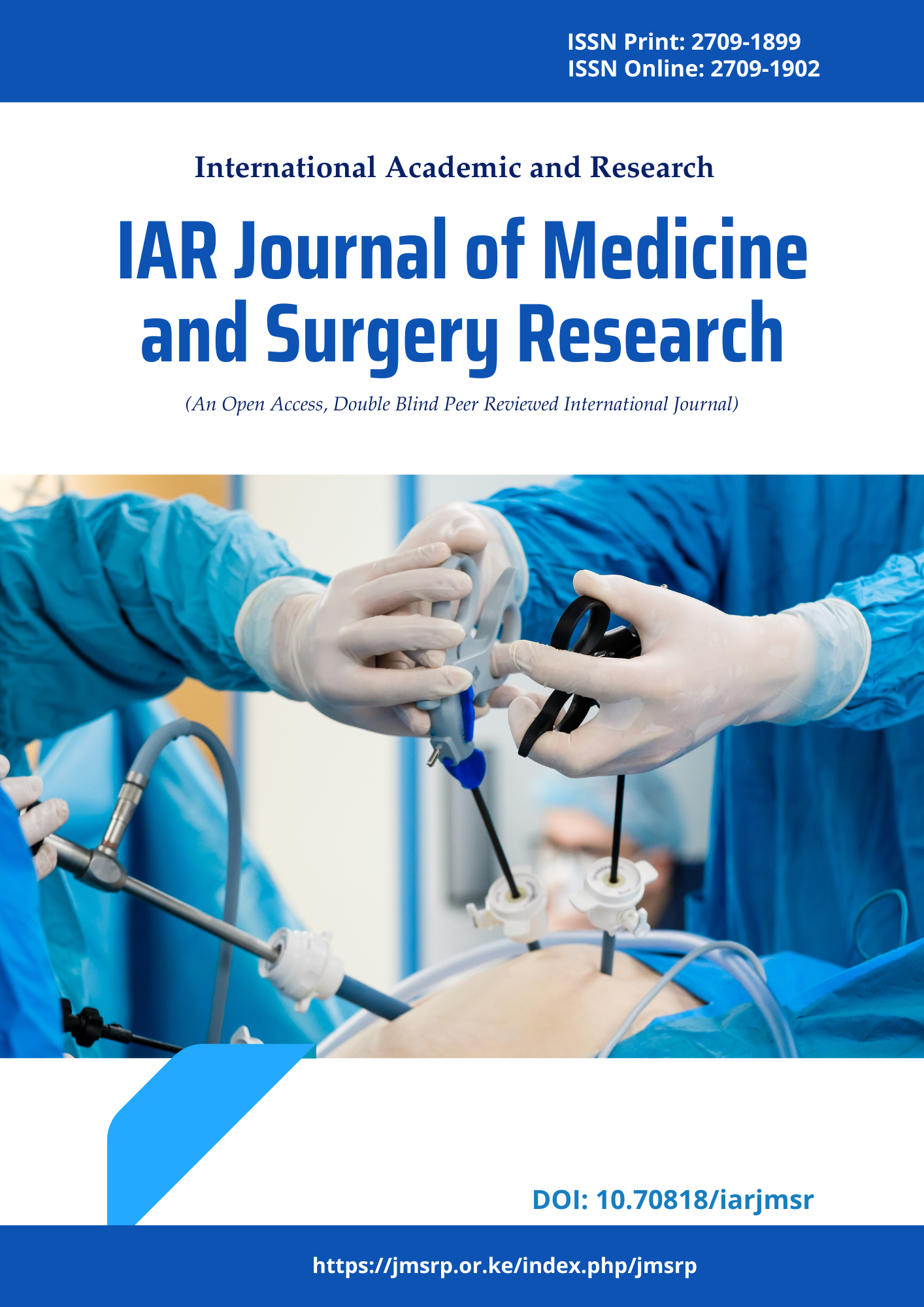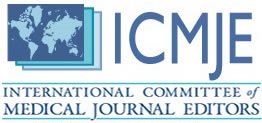A Prospective Study on Clinical and Laboratory Predictive Markers ofDengue Fever in Children in Tertiary Care Hospital
DOI:
https://doi.org/10.47310/iarjmsr.2023.V04i01.04Keywords:
Dengue hemorrhagic fever, Predictive markers, CRP levels, PTT.Abstract
Background: Dengue fever is the world's fastest-spreading mosquitoborne viral disease, with a 30-fold increase in global incidence over the last five decades. It is a major public health concern throughout the world's tropical and subtropical regions. 1 Dengue is classified into Dengue +/- warning signs and severe dengue, which includes Dengue shock syndrome, Respiratory distress syndrome, Dengue hemorrhagic fever, and organ failure, according to WHO 2012 guidelines. Material & Methods : Study Design: Prospective Hospital based observational study. Study area: Department of Paediatrics, Siddhartha Medical College, Vijayawada, Andhra Pradesh. Study Period: 1 year. Study population: All children under the age of 13 years who had acute onset high grade fever and were Nonstructural antigen protein 1 [NS1] and/or Immunoglobulin M [IgM] positive were admitted to the paediatric ward. Sample size: study consisted a total of 150 cases. Sampling method: Purposive sampling technique on consecutive cases. The following laboratory test cut-off values are defined: leucopenia (white blood cell count < 4000/mm3), thrombocytopenia (platelet count < 150 103/mm3). Prolonged activated partial thromboplastin time (APTT) (> 38 sec), elevated serum aminotransferase levels (AST or ALT >39 U/L), and low C-reactive protein (CRP) (20 mg/L). The study compared clinical and laboratory parameters in dengue fever, dengue fever with warning signs, and severe dengue. Result: Several laboratory parameters were measured as predictors of laboratory- confirmed dengue infections. The positive predictive value of WBC was 80.6%, and NPV of 50% to differentiate the severity of three dengue groups. Whereas, PPV of platelet count was 90.8%, and NPV of platelet count was 50% to differentiate the severity of dengue groups. Conclusion: Our research discovered that a combination of commonly used blood tests, such as a white blood cell count, platelet count, liver function tests, and CRP and coagulation profiles, can help detect laboratory-confirmed dengue infection. These clinical and laboratory findings could be used as predictive markers to improve the early detection and severity of dengue infection.
















